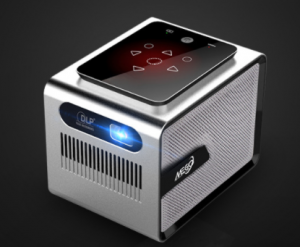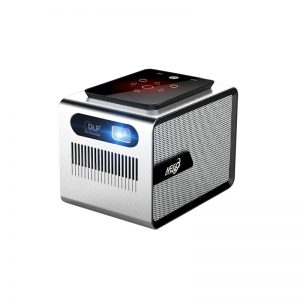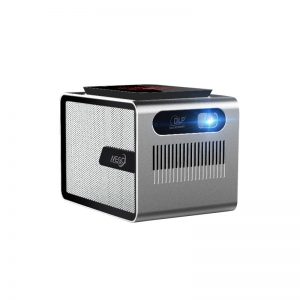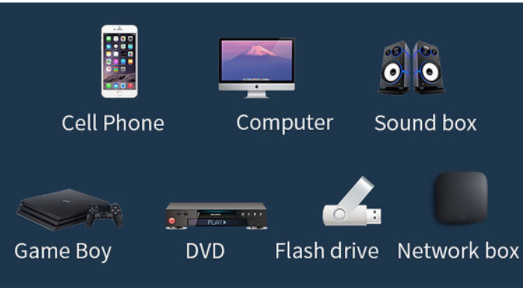






operating system
Android
Resolution
1280*800
Power consumption
72w
Brightness
3800 lumens
screen ratio
16/10
Noise
32
Input port
HDMI*1, USB*1
Output port
3.5mm audio interface
Speaker
10w*2
Plug and play
stand by
Zoom factor
not support
Projection method
Front projection / rear projection / hanging projection
Projection technology
DLP
Wireless projection function
stand by
Adjustment function
Electric focusing
Delivery screen size
30 inch ~ 300 inch
Display scan frequency
62.10Hz
power supply
15V
Product Size
148*110*108mm
product weight
0.98 (KG)
What to see when choosing a high-quality home projector
first of all. Choose DLP or LCD
Whether it is LCD or DLP is actually not that important. What we need to look at is the effect of the projector, and the effect of a projector is inseparable from many things such as the lens, light bulb, and circuit. In principle, LCD projectors are the most common, and the price is correspondingly lower.
The biggest advantage of the LCD projector is that the colors are great. The three primary colors of red, green and blue are completed by 3 separate LCD panels, which can control the brightness and contrast of each color individually, and the three colors can reach the screen almost at the same time , So various colors can be reproduced truly.
Although the color reproduction of the DLP projector is slightly inferior, because the three colors of the single-chip DLP projector are reflected to the same pixel by the same micromirror, there is no convergence problem, so the black area is truly black, and the edge of the pixel is not There will be some burrs and shadows in the LCD, so when showing some thin lines, DLP projectors are clearer and sharper than LCD projectors, black and white are more pure, and gray levels are richer. Of course, the biggest advantage of a single-chip DLP projector is its small size and light weight. Many products are even only 1-2 kilograms. Generally speaking, DLP projectors are slightly more expensive.
seeing is believing. Whether it is LCD or DLP, it is recommended to compare carefully when purchasing.
Second, the choice of projection screen
For ordinary consumers, projection screens should be considered. Unless the walls of friends are clean, white and spotless, the practice of projecting the projector directly on the wall is tantamount to violent things. According to the different production processes and surface coatings, projection screens are generally divided into ordinary white screens and glass bead screens.
Ordinary white screens are made by spraying white paint on special fabrics and doing simple treatments. They are characterized by low price, wide viewing angles, and soft visual effects. The disadvantage is that the light gain is small, so it is only suitable for use in homes where the background light is not strong, otherwise it needs to be used with a high-brightness projector.
The glass bead screen is made by spraying tiny glass powder on a special fabric. It has the advantages of moderate price, wide viewing angle and high gain. The disadvantage is that the price is more expensive and the color will become darker. At the same time, it should not be rolled up repeatedly, otherwise the glass beads will easily fall off and affect the use effect.
Regardless of whether the wall is white or not, and the lighting in the home environment, it is recommended to use a projection screen instead of projecting on the wall. The background brightness of the home is relatively high, and the brightness of the projector exceeds 1000 lumens. You can consider an ordinary screen worth several hundred yuan. If the home background brightness is high, or the projector brightness is insufficient, you can consider buying a glass bead screen with a higher price to increase the projection brightness.
















